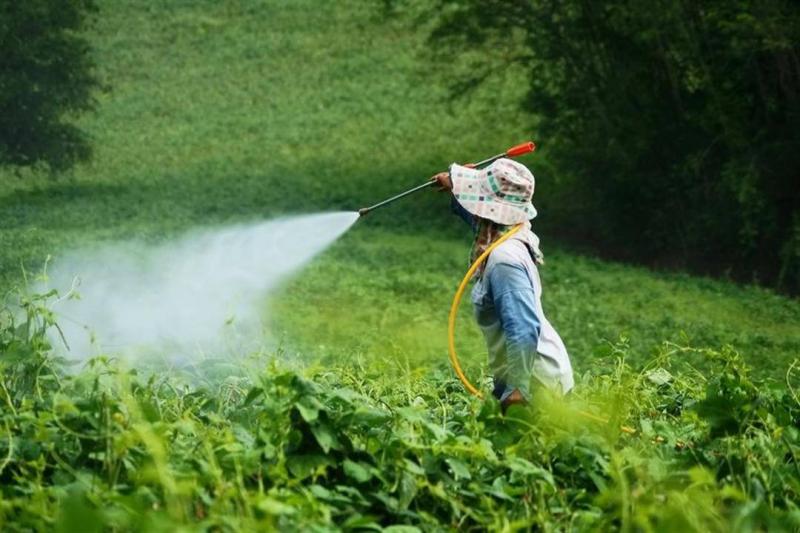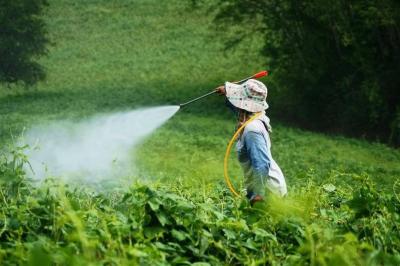According to a new study conducted by researchers at the University of Copenhagen, flowering plant systems assist predatory insects in helping farmers control various agricultural pests. It has been proven that predatory insects live longer when they have access to nectar and pollen, which they rely on as food.
Thus, flowers not only benefit insects, but also help farmers practice sustainable farming. Predatory insects are skilled at combating agricultural pests, which reduces the need for pesticide use. Until now, it was believed that predatory insects needed to hunt their prey to survive. However, in a systematic review study conducted in the Department of Plant and Environmental Sciences at the University of Copenhagen, researchers collected, compared, and analyzed data from global studies to conclude that most predatory animals greatly benefit from flowers, and they can even survive for long periods by consuming nectar and pollen alone. Therefore, farmers can exploit this to combat pests by integrating some flowering plants into their fields.
Assistant Professor Lynne Sigsgaard from the Department of Plant and Environmental Sciences at the University of Copenhagen stated: "By planting flowering plants alongside fields, farmers can ensure a plentiful and continuous supply of predatory insects such as hoverflies, flower flies, phytophagous moths, and two-spotted ladybugs. Since pollen and nectar are foods on which beneficial insects can survive when pests are not present, these plants also provide many other types of insects for predation. By growing a variety of flowers that bloom early and late in the agricultural season, one can ensure optimal effects that ensure the survival of predatory insects throughout the growing season." She added: "This is undoubtedly good news for the agricultural industry, as effective pest management can help reduce pesticide use. Furthermore, the presence of more flowers increases pollination and biodiversity by attracting more insects and pollinators to the fields."
Additionally, researchers emphasize that in order for predatory insects to reach the nectar of flowers, open flowers that are easily accessible should be planted, as predatory insects are not equipped with the long feeding tubes that bees possess. Examples of open and beneficial flowers include wild carrots, borage, dill, and dandelions. However, not all predatory insects are alike. Among the 17 species of predatory insects tested with more than one type of flower, nine species, including flower flies and two-spotted ladybugs, lived longer in the presence of flowers, while the lifespans of the remaining species, including predatory moths, were not significantly longer.




